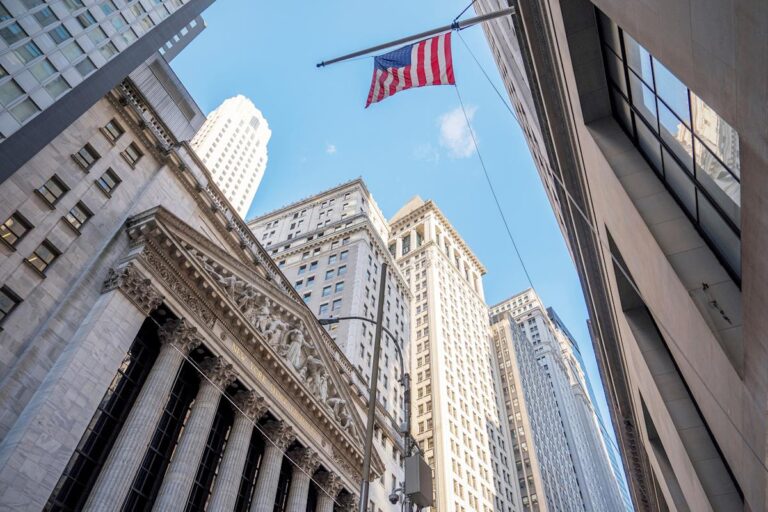A version of this post first appeared on TKer.co
A TKer subscriber recently pointed out that if your investment is down 20%, then you’d need a 25% gain from the current level to return to the initial level.
For example, if your investment of $100 falls 20% (or $20), then you will have an asset worth $80. To return to breakeven, the value of your $80 asset would need to increase by 25% (or $20).
This is a helpful way of thinking about investing as you look at the red and green arrows in your portfolio. It keeps your math sharp while reminding you that earning a positive return is not an easy process.
As the losses get bigger, the required percentage return rises at an increasing rate. A 33% loss would have to be followed by a 50% gain. Hedge fund legend Ray Dalio often , “If you lose 50%, you’ve got to make 100% to get back.”
Hopefully, this grade-school math doesn’t scare you away from investing in the stock market. History repeatedly shows that the market always clears that intimidating-sounding hurdle before facing its next major decline.
This from Creative Planning’s Charlie Bilello helps us understand the stock market’s remarkable ability to recover from setbacks. It tracks history’s bull and with annotations for percentage gains and losses as measured by total returns.
Some highlights from history:
The 2022 bear market brought a 24% decline. That means we needed a 32% gain to break even. We got a 78% total return before the .
The 2020 pandemic crash saw the S&P 500 fall 34%. We needed a 52% return to break even. We got a 120% return.
The global financial crisis starting in 2007 sent the market down a whopping 55%. We needed a 122% return to break even. We got an 11-year bull market that returned 527%.
The average bear market saw stocks fall 31%. A 45% return would get you to break even. But the average bull market has given us a 254% return before facing its next bear market.
All those instances of 100%+ returns speak to : Stocks offer .
To be clear, we’re talking about broadly diversified indexes like the S&P 500. (In fact, Dalio often .)
While it is true that the , most individual stocks underperform. It’s the generating extraordinary upside that drives market returns higher.
There’s no shortage of reasons why investing in the stock market can be challenging and treacherous. to find someone explaining why you shouldn’t be in the market. .
Read More: The simple math showing the stock market’s ‘asymmetric upside’



